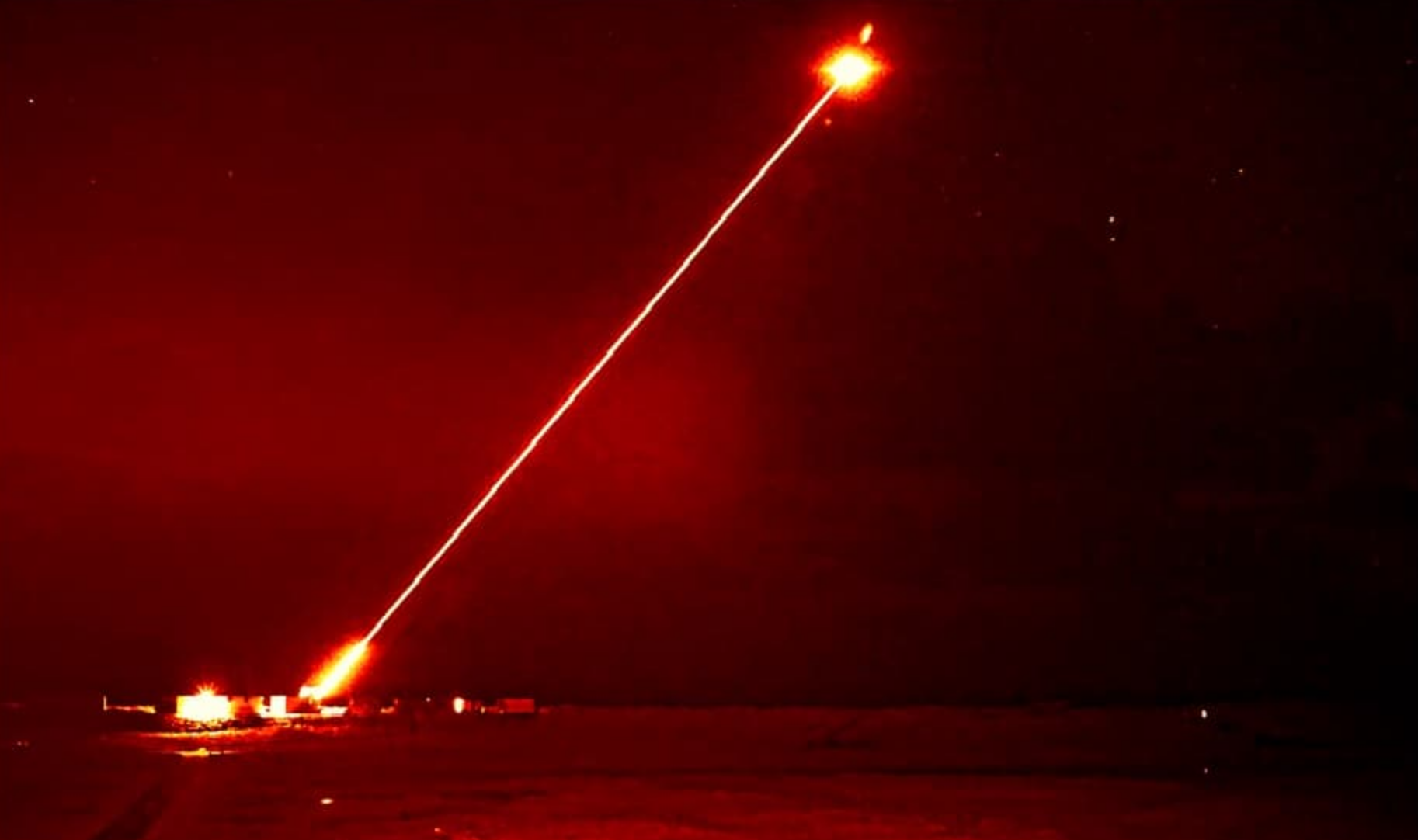This article aims to guide readers in choosing the most dependable LED emergency lights for their vehicles. When it comes to safety equipment for emergency responders, it is crucial to prioritize reliability and quality. By considering the following factors, you can make an informed decision and select LED emergency lights that meet your specific needs.
Determine the Purpose and Requirements
Assessing the specific purpose and requirements is the first step in choosing the right LED emergency lights. Understanding the unique needs of your emergency vehicle and the intended use of the lights is essential for optimal performance and functionality. Consider the following:
- Type of Emergency Vehicle: Determine whether the lights are intended for a police car, fire truck, ambulance, or another emergency vehicle. Each vehicle may have distinct requirements.
- Intended Use: Identify the primary scenarios in which the lights will be used. Consider factors such as traffic management, scene illumination, or emergency signaling.
Remember, understanding the purpose and requirements of your LED emergency lights will help narrow down the options and ensure the lights you choose are tailored to your specific needs.
Evaluate Lighting Performance
Assessing the lighting performance of LED emergency lights is crucial to ensure optimal visibility and effectiveness in emergency situations. Consider the following factors when evaluating lighting performance:
Lumens and Brightness Levels
- Examine the lumen output of the lights to determine their brightness level. Higher lumens generally result in brighter light output.
- Consider the specific requirements for your emergency vehicle and the intended use to determine the appropriate brightness level.
Beam Patterns and Angle Adjustability
- Evaluate the beam patterns offered by the LED lights. Different patterns, such as spot, flood, or combination, serve varying purposes and can provide specific lighting distributions.
- Look for lights with angle adjustability, allowing you to customize the beam direction based on your specific needs.
Color Options and Visibility
- Consider the available color options, such as amber, blue, or red, and their visibility under different weather conditions.
- Keep in mind that certain colors may be regulated or restricted by local laws or regulations. Ensure compliance with applicable guidelines.
By carefully evaluating the lighting performance of LED emergency lights based on lumens, beam patterns, angle adjustability, and color options, you can choose lights that offer optimal visibility and enhance the effectiveness of the emergency response.
Consider Durability and Build Quality
When selecting LED emergency lights, durability, and build quality are paramount to ensure reliable performance in demanding situations. Pay close attention to the following factors when considering durability and build quality:
Material Quality and Resistance
- Evaluate the materials used in the construction of the LED lights. Look for durable and robust materials that can withstand harsh environments.
- Consider resistance to corrosion and impact, as emergency vehicles often face challenging conditions.
IP Rating for Water and Dust Resistance
- Check the Ingress Protection (IP) rating of the lights, which indicates their resistance to water and dust penetration. Higher IP ratings signify better protection.
- Depending on the operational environment, choose lights with appropriate IP ratings to ensure reliable performance in wet or dusty conditions.
Vibration Resistance and Shockproof Features
- Examine whether the LED lights have built-in features to withstand vibrations commonly encountered in emergency vehicle applications.
- Look for shockproof capabilities to ensure the lights remain operational even during intense vibrations or impacts.
Certifications for Meeting Industry Standards
- Check for relevant certifications such as those from the Society of Automotive Engineers (SAE) or the Economic Commission for Europe (ECE). These certifications validate that the lights meet industry standards for performance and quality.
By considering the durability and build quality of LED emergency lights, including material quality, IP ratings, vibration resistance, shockproof features, and relevant certifications, you can ensure that the lights are capable of withstanding demanding conditions and provide long-lasting performance.
Examine Installation and Compatibility
The ease of installation and compatibility of LED emergency lights with your specific emergency vehicle are essential factors to consider. Pay attention to the following points when examining installation and compatibility:
Mounting Options
- Evaluate the available mounting options for the LED lights, such as magnetic mounts or permanent mounting solutions. Consider which option best suits your vehicle and preferences.
- Ensure that the chosen mounting method provides a secure and stable attachment for the lights.
Wiring and Power Requirements
- Understand the wiring and power requirements of the LED lights. Consider the compatibility with your vehicle’s electrical system and ensure proper power supply.
- Check if additional wiring or modifications are needed, and assess the feasibility of installation based on your vehicle’s setup.
Compatibility with Vehicle Models and Sizes
- Verify the compatibility of the LED lights with your specific emergency vehicle model. Some lights may be designed for specific makes or models, while others offer more universal compatibility.
- Consider the size and dimensions of the lights to ensure they fit appropriately on your vehicle.
Consideration of Existing Electrical Systems and Wiring Harnesses
- Take into account any existing electrical systems or wiring harnesses in your vehicle. Ensure that the installation of LED lights does not interfere with or compromise the integrity of these systems.
- Opt for lights that are compatible with your vehicle’s existing wiring infrastructure to streamline the installation process.
By carefully examining the installation requirements and compatibility aspects of LED emergency lights, including mounting options, wiring, and power requirements, compatibility with vehicle models and sizes, and consideration of existing electrical systems and wiring harnesses, you can ensure a smooth and hassle-free installation process.
Review Additional Features and Functionality
In addition to core lighting performance and durability, it is essential to consider the additional features and functionality offered by LED emergency lights. Evaluate the following aspects when reviewing these features:
Flash Patterns and Programmable Modes
- Explore the available flash patterns and programmable modes of LED lights. Consider options that provide versatility and allow customization to suit different emergency scenarios.
- Look for lights that offer a range of flashing patterns, such as steady burn, strobe, or alternating patterns.
Synchronization Capabilities for Multiple Lights
- Assess whether the LED lights have synchronization capabilities, enabling them to be synchronized with other lights on the vehicle. This synchronization ensures a unified and coordinated warning effect.
- Consider lights that offer easy synchronization options to enhance visibility and effectiveness during emergency operations.
Control Options
- Evaluate the control options available for operating the LED lights. This may include wireless control, remote control, or integrated control panels.
- Look for user-friendly control interfaces that allow for easy operation and quick adjustments as needed.
Integrated Warning and Safety Features
- Check for integrated warning and safety features that enhance the functionality of the LED lights. This may include built-in sirens, traffic advisors, or other warning signals.
- Consider lights that provide additional safety features such as low voltage indicators or thermal protection to safeguard against potential issues.
By reviewing and considering the additional features and functionality of LED emergency lights, such as flash patterns, synchronization capabilities, control options, and integrated warning and safety features, you can choose lights that offer enhanced versatility, control, and safety in emergency situations.
Evaluate Manufacturer Reputation and Support
The reputation and support provided by the manufacturer play a significant role in ensuring customer satisfaction and long-term reliability of LED emergency lights. Consider the following factors when evaluating manufacturer reputation and support:
Researching Manufacturer Reviews and Testimonials
- Conduct thorough research on the manufacturer by reading customer reviews and testimonials. Look for feedback regarding product quality, reliability, and overall customer experience.
- Consider independent reviews from reputable sources to gain a broader understanding of the manufacturer’s reputation.
Warranty Coverage and Customer Service
- Assess the warranty coverage offered by the manufacturer for their LED emergency lights. A comprehensive warranty demonstrates the manufacturer’s confidence in their products.
- Evaluate the availability and responsiveness of their customer service team. Prompt and helpful customer support can make a significant difference in addressing any issues or concerns that may arise.
Availability of Technical Support and Assistance
- Determine if the manufacturer provides technical support and assistance to customers. This can be crucial for troubleshooting, installation guidance, or addressing any product-related questions.
- Look for readily accessible resources such as user manuals, FAQs, or online support portals that provide valuable information and assistance.
By evaluating the manufacturer’s reputation through customer reviews and testimonials, considering warranty coverage and customer service, as well as assessing the availability of technical support and assistance, you can ensure a positive experience with the LED emergency lights and have confidence in the manufacturer’s commitment to customer satisfaction and support.
Conclusion
Choosing the right LED emergency lights is crucial for ensuring the safety and effectiveness of emergency responders. By carefully considering factors such as lighting performance, durability, compatibility, additional features, and manufacturer reputation, you can make an informed decision that prioritizes dependability. Remember to assess the specific purpose and requirements, evaluate the lighting performance for optimal visibility, and consider the durability and build quality to withstand demanding conditions. Additionally, examine installation and compatibility aspects, review additional features and functionality, and research the manufacturer’s reputation and support. With these considerations in mind, you can equip your emergency vehicles with LED lights that deliver reliable performance when it matters most. Stay safe and be prepared!







